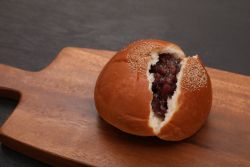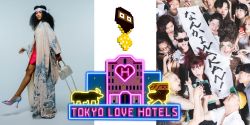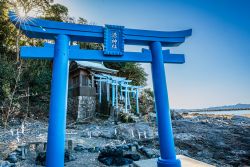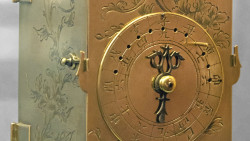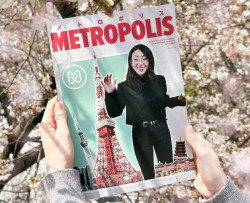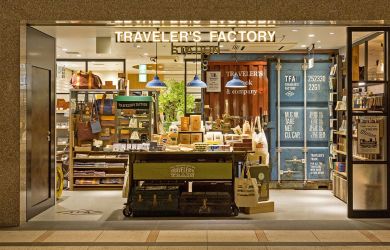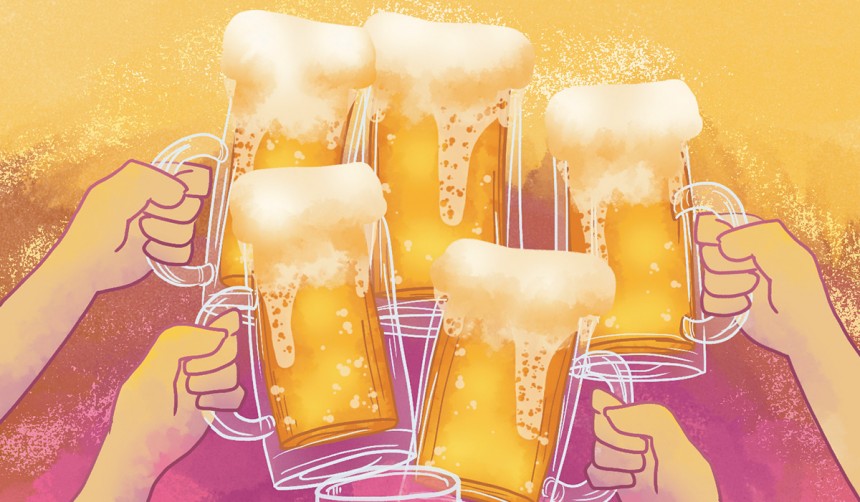
Japan is a country of drinkers—an estimated 90 percent of the population drinks. You can go out and easily find restaurants offering a selection of beers, wines, cocktails—plus shochu, nihonshu, and brandy.
But what about those who don’t drink? There are those who don’t touch alcohol, be it for health, medical, religious, or personal reasons—and there’s also the occasional driver who doesn’t drink for the evening. But at establishments, non-drinkers can choose between oolong tea, orange juice, ginger ale, Coke … some Western restaurants offer San Pellegrino … and that’s about it!
Ginger ale and cola are meant for kids; the orange juice is often just orange-flavored water, or the cheapest reconstituted juice. And who can possibly drink oolong tea for a whole evening?
Unlike beer, white wine, or champagne, soft drinks aren’t chilled but rather are served with ice cubes that exceed the actual drink volume. So, before your drinking companions even finish their first beer, your oolong tea will have become all watery. The stuff isn’t free, either; these soft drinks cost the same, or sometimes even more than an ice-cold draft beer!
But all is not lost. Some of the more expensive Western restaurants might offer a selection of non-alcoholic cocktails with fancy names such as “Between the Sheets,” “Shirley Temple,” and the like. In one restaurant, I went through the entire list and, while each cocktail looked beautiful and different, they all tasted of either ginger ale or grapefruit juice.
Some may say, “Hey, what do you expect? These places are in the business of making money, not catering to sissies.” Well … even the non-drinking 10 percent are bringing in money; they just require a bit more than a mere afterthought.
In Japanese restaurants, the offerings include a number of interesting and healthy teas: green tea, genmai cha, mugi cha, kombu cha, ukon cha, to name a few—and all are good hot or chilled.
There are also vast selections of citrus fruit. Several of them make an excellent squash: shikuasa, yuzu, sudachi, kabosu, buntan, hassaku. More orangey fruits like aomikan, iyokan, ponkan, and dekopon make good juices—and all are available bottled or fresh. Plus, an alcohol-free beer would be appreciated by many.
In Western restaurants, non-drinkers can regale in juices like blood orange or ruby grapefruit, or bubbly soft drinks like San Pellegrino Limonata, Aranciata, or Aranciata Rosso. Not overly sweet, these deliver the original fruit’s taste. Perrier also offers naturally flavored sparkling water sans sugar—in lemon, lime, or pink grapefruit.
A non-alcoholic cider also goes well with many French specialties. Alcohol-free wines and sparkling wines have become much more drinkable in recent years, no longer the sweet and undrinkable stuff that was around some 10 or 15 years ago. Many foreign breweries and beer companies also offer non-alcoholic versions of their product these days.
Ethnic restaurants almost always offer a selection of tropical juices from the establishment’s base country. When dining out for Chinese food, the options are more limited: oolong, jasmine, or chrysanthemum tea, and perhaps some juices like lychee or coconut water. Quingdao and other Chinese beers have non-alcoholic versions.
I don’t expect restaurants to give us a full selection as suggested above—but I ask them to please give us something more than oolong tea, orange juice, and Coke! Until they do, at least these suggestions give something to build off of, if alcohol isn’t on your menu.
